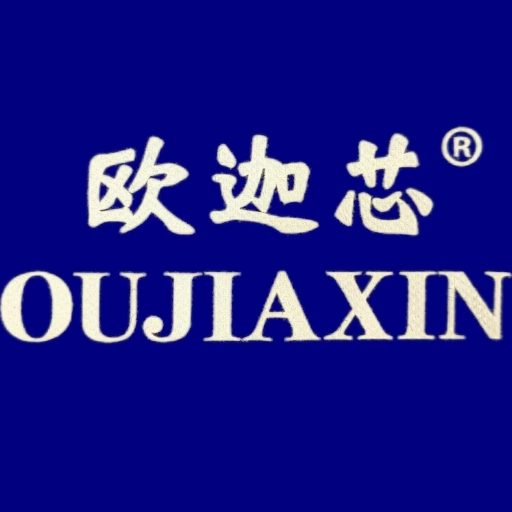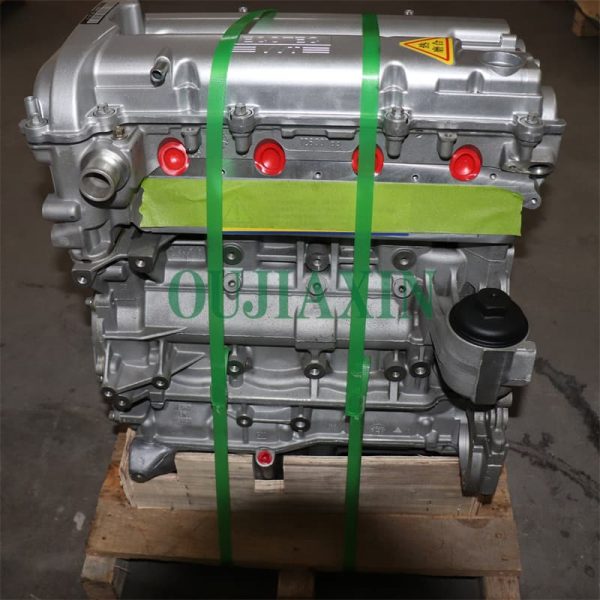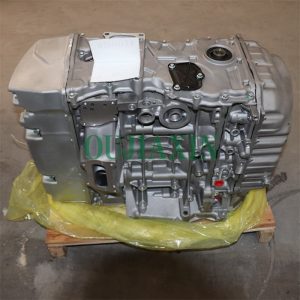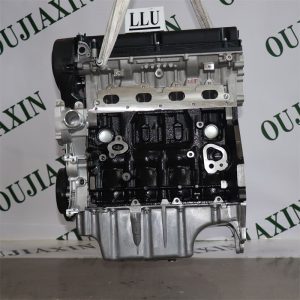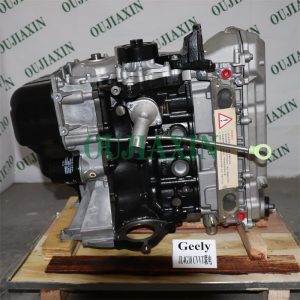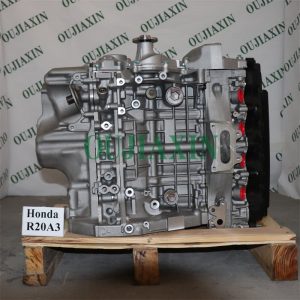Description
The LE-9 is a liquid cryogenic rocket engine burning liquid hydrogen and liquid oxygen in an expander bleed cycle. Two or three will be used to power the core stage of the H3 launch vehicle.
The newly developed LE-9 engine is the most important factor in achieving cost reduction, improved safety and increased thrust. The expander bleed cycle used in the LE-9 engine is a highly reliable combustion method that Japan has put into practical use for the LE-5A/B engine. However, it is physically difficult for an expander bleed cycle engine to generate large thrust, so the development of the LE-9 engine with a thrust of 1,471 kN (331,000 lbf) is the most challenging and important development element.
Firing tests of the LE-9 first-stage engine began in April 2017.
The LE-9 was operated successfully for the first time, on March 7, 2023. The second stage of that rocket, did not ignite and the mission was a failure.
The LE-5 liquid rocket engine and its derivative models were developed in Japan to meet the need for an upper stage propulsion system for the H-I and H-II series of launch vehicles. It is a bipropellant design, using LH2 and LOX. Primary design and production work was carried out by Mitsubishi Heavy Industries.[1] In terms of liquid rockets, it is a fairly small engine, both in size and thrust output, being in the 89 kN (20,000 lbf) and the more recent models the 130 kN (30,000 lbf) thrust class. The motor is capable of multiple restarts, due to a spark ignition system as opposed to the single use pyrotechnic or hypergolic igniters commonly used on some contemporary engines. Though rated for up to 16 starts and 40+ minutes of firing time, on the H-II the engine is considered expendable, being used for one flight and jettisoned. It is sometimes started only once for a nine-minute burn, but in missions to GTO the engine is often fired a second time to inject the payload into the higher orbit after a temporary low Earth orbit has been established.
The original LE-5 was built as a second stage engine for the H-I launch vehicle. It used a fairly conventional gas generator cycle.
